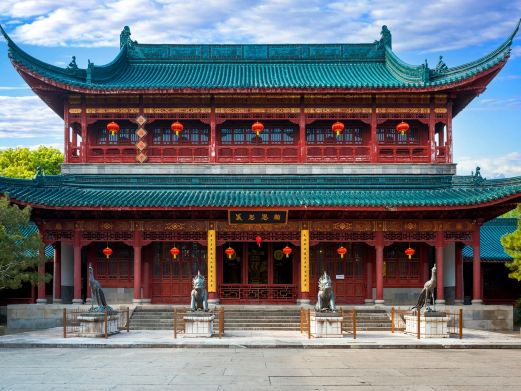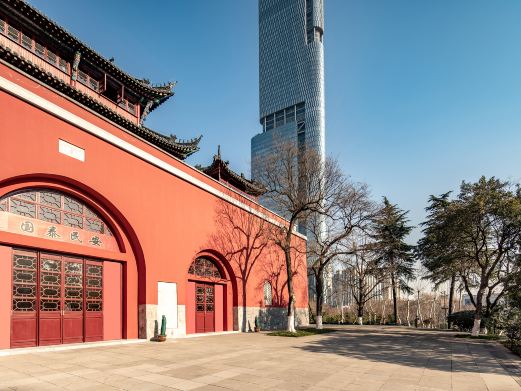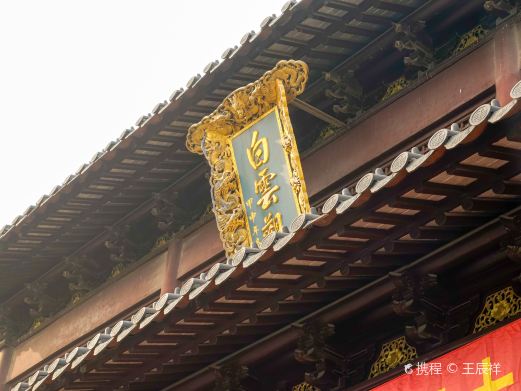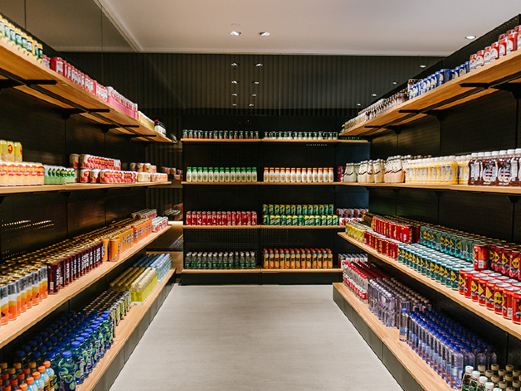The Jili Lake Silk Museum in Nanxun is located in Jili Village, the place of origin of Jili Lake silk. This is a place with outstanding people and beautiful scenery. Here were the ancestral homes of celebrities such as Wen Tiren, the chief grand secretary of the Ming Dynasty. As early as before 1851, the silk products here participated in the first World Expo in London, UK, and won the gold medal at one stroke. Here is the budding place of China’s industry and the source of the rise of the four elephants and eight bulls in Nanxun. It is also the birthplace of many heroes of New China such as Tu Shou’e, the chief designer of two bombs and one satellite. The museum was independently established by Mr. Wang Yishi, a villager, with self-raised funds. Mr. Wang made a living by carpentry in his early years and founded one of the earlier furniture factories in the town. He was very distressed to see that many traditional handicrafts, utensils and items have disappeared and traditional culture has been lost. In 2000, inspired by the master of Chinese studies, Nan Huaijin, he made up his mind to engage in the collection business and carefully collected utensils and book materials related to Jili Lake silk. With the support of all sectors of society, the Jili Lake Silk Museum was finally completed. The museum showcases more than 400 pieces (sets) of various folk cultural relics related to sericulture and farming culture that Mr. Wang has collected over more than 20 years. The purpose of establishing the Jili Lake Silk Museum is to inherit culture and serve the public, and let Jili culture return to the production and life of ordinary people. In the building area of 800 square meters of the museum, more than 300 collections of main production and living utensils and books for mulberry planting, silkworm raising and farming of Jili Village villagers are displayed. It also collects the main utensils of early, middle and modern farming culture. Wang Yishi’s Jili family will be planned as a static and dynamic museum to achieve an organic and effective combination. Gu Mingqi and Xu Yongyan, the inheritors of the intangible cultural heritage of Jili Lake silk handicraft skills, will be on permanent display on site. The provincial intangible cultural heritage three-course tea will be carefully created. And the cultivation of Nanxun embroidered brocade, kohlrabi and loquats in the silkworm tail season is being carried out to further improve the construction of the intangible cultural heritage education base and vividly show and experience the real production and living scenes of sericulturists and farmers for the vast number of young students, cultural people, citizens and tourists. The specific business status of opening hours is subject to the opening situation on that day.
Nanxun Ancient Town – Jili Lake Silk Museum
The Jili Lake Silk Museum in Nanxun is located in Jili Village, the place of origin of Jili Lake sil[...]









